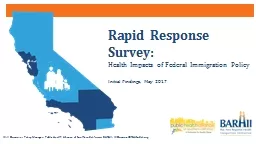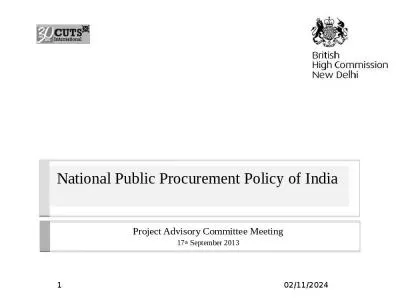PPT-Public Policy
Author : olivia-moreira | Published Date : 2016-06-14
Marc Cowling Brighton Business School Types of Entrepreneurs Policy Aims Job creation Efficiency gains capital per worker Exporting Innovation creating new things
Presentation Embed Code
Download Presentation
Download Presentation The PPT/PDF document "Public Policy" is the property of its rightful owner. Permission is granted to download and print the materials on this website for personal, non-commercial use only, and to display it on your personal computer provided you do not modify the materials and that you retain all copyright notices contained in the materials. By downloading content from our website, you accept the terms of this agreement.
Public Policy: Transcript
Download Rules Of Document
"Public Policy"The content belongs to its owner. You may download and print it for personal use, without modification, and keep all copyright notices. By downloading, you agree to these terms.
Related Documents














